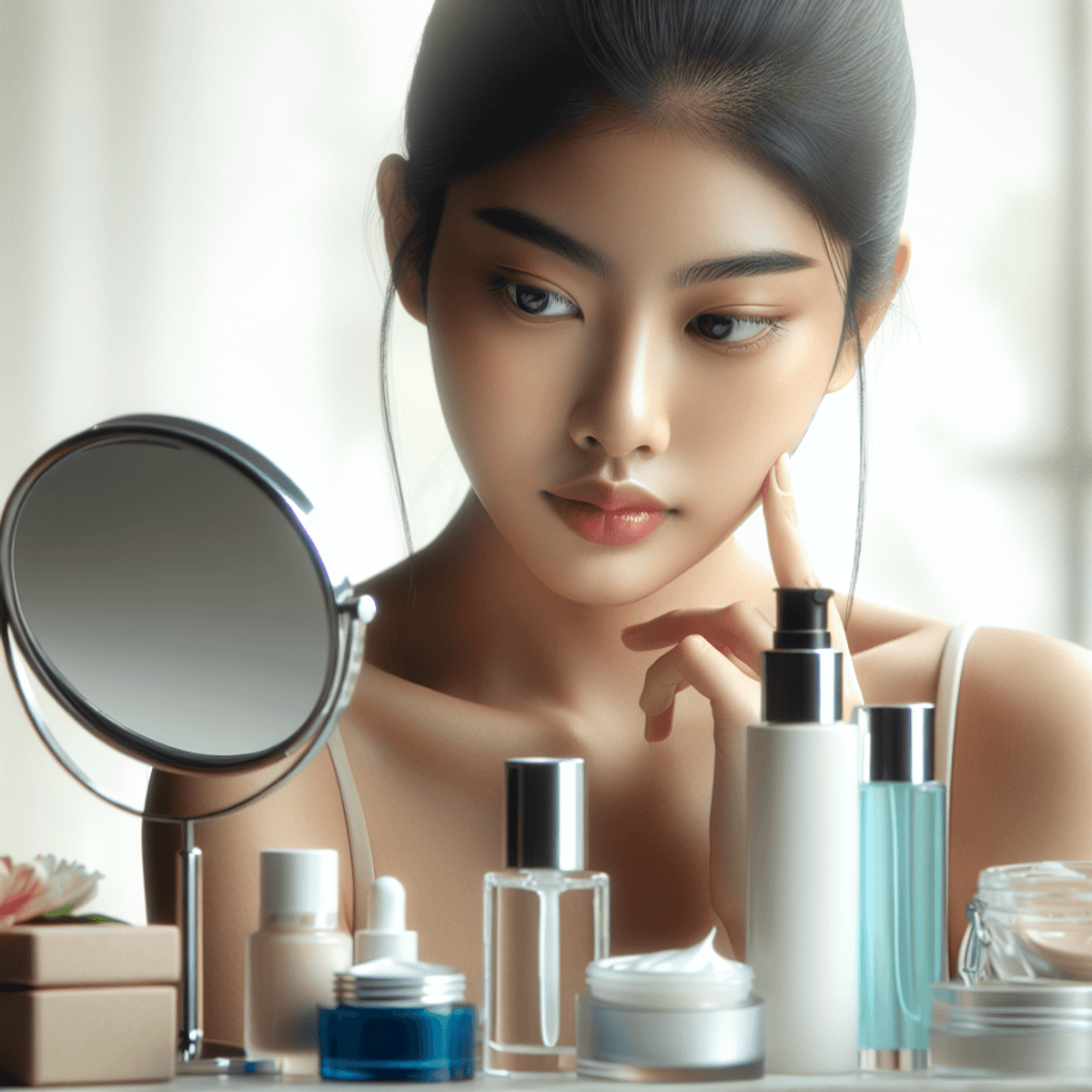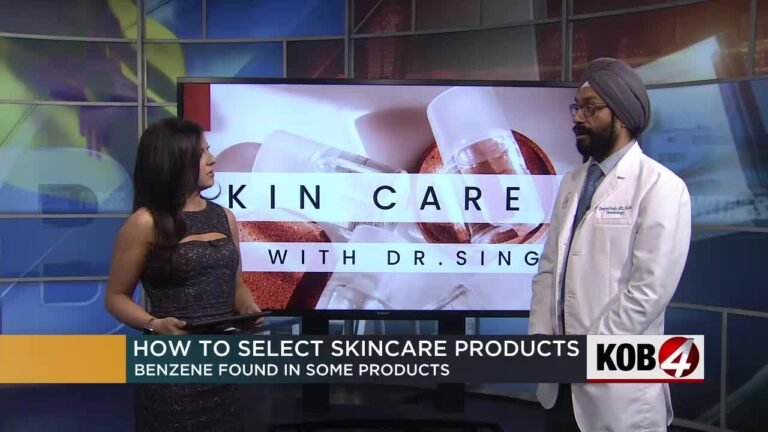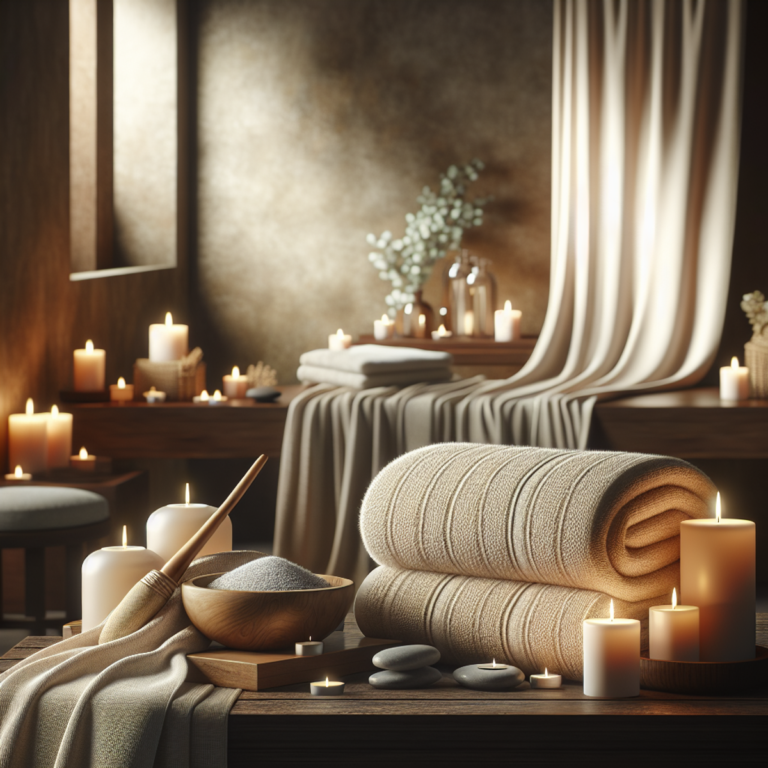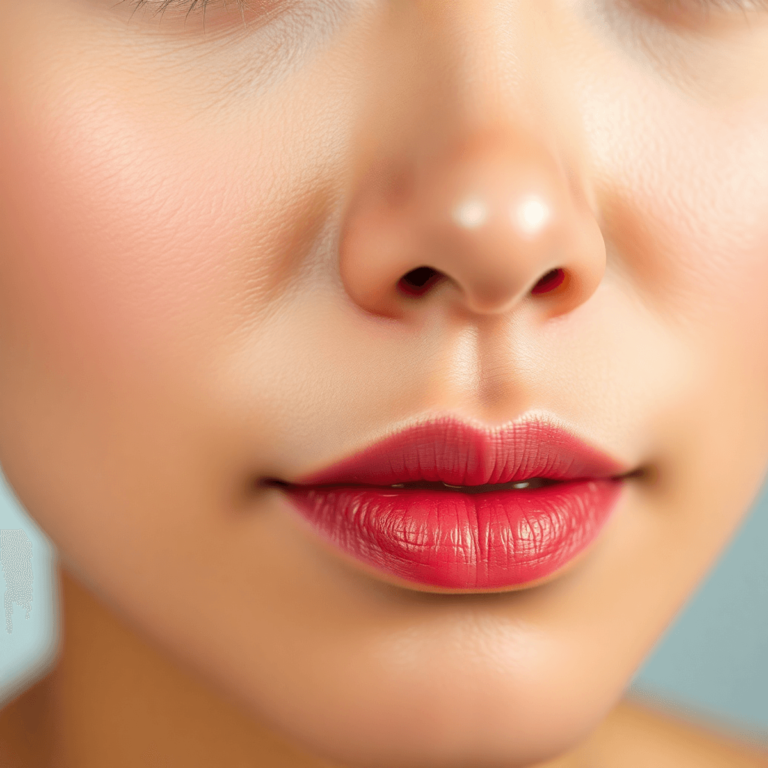Treat Pimples: 3 Ways to Get Rid of a Pimple Fast

Introduction
Pimples, often known as zits or blemishes, are a common skin issue that many people encounter. They occur when pores become clogged with dead skin cells, oil, and bacteria. This can lead to various forms of pimples such as blackheads, whiteheads, pustules, and cysts. Addressing pimples quickly is crucial not just for physical appearance but also for psychological well-being. Quick treatment can prevent pimples from worsening and reduce potential scarring.
Why act fast?
- Physical Appearance: Faster treatment can minimize visible inflammation.
- Psychological Impact: Reducing the appearance of pimples can boost self-esteem and confidence.
This article will explore three main methods to treat pimples swiftly:
- Topical Treatments
- Corticosteroid Injections
- Cold Therapy
Each method offers unique benefits and is suited for different types of pimples, allowing you to choose the best option for your skin’s needs.
Understanding Pimples
Pimples form when hair follicles, also known as pores, get clogged with oil and dead skin cells. This blockage creates an environment where bacteria can thrive, leading to inflammation and infection. Hormonal changes, such as those experienced during puberty or pregnancy, can increase oil production and make pimples more likely.
Causes of Pimples
Several factors contribute to the development of pimples:
- Clogged Pores: Dead skin cells and excess oil block the pores.
- Bacteria: Propionibacterium acnes (P. acnes) bacteria can grow in clogged pores.
- Hormonal Changes: Fluctuations in hormones can increase oil production.
Types of Pimples
Understanding the different types of pimples helps in choosing the right treatment:
- Blackheads: Open pores filled with excess oil and dead skin cells. The surface turns black due to oxidation.
- Whiteheads: Closed pores filled with oil and dead skin cells. They appear as small white bumps on the skin.
- Pustules: Inflamed pimples filled with pus. They are red at the base with a white or yellow top.
- Cysts: Large, painful lumps deep within the skin. Cysts are often filled with pus and can cause scarring.
Different types require different treatments; understanding them is key to knowing how to remove pimples effectively. For instance, topical treatments like benzoyl peroxide work well for blackheads and whiteheads but may not be sufficient for cysts.
When dealing with pimples, it’s crucial to address both the symptoms and underlying causes to achieve clear skin. Knowing how to get rid of pimples on your face involves selecting treatments that target your specific type.
Fast Treatments for Pimples: Top 3 Methods
1. Topical Treatments
Topical treatments are a go-to method for many when dealing with sudden breakouts. These treatments work by targeting the bacteria that cause inflammation and by reducing the swelling associated with pimples. They can be found over-the-counter in various forms such as creams, gels, and serums.
Benzoyl Peroxide:
- How It Works: Benzoyl peroxide is an antibacterial agent that penetrates deep into the pores to kill acne-causing bacteria. It helps in unclogging the pores by removing excess oil and dead skin cells.
- Usage: Available in concentrations ranging from 2.5% to 10%, benzoyl peroxide can be applied directly to the affected area or used as part of a daily skincare routine.
- Pros:
- Effective against severe acne
- Reduces pimple size quickly
- Cons:
- Can cause dryness and peeling
- May bleach fabrics
Salicylic Acid:
- How It Works: Salicylic acid is a beta-hydroxy acid that exfoliates the skin, helping to unclog pores and reduce swelling. It’s particularly effective for treating blackheads and whiteheads.
- Usage: Commonly found in spot treatments, cleansers, and toners, salicylic acid should be applied directly to pimples or used as part of a daily regimen.
- Pros:
- Gentle on sensitive skin
- Helps prevent future breakouts
- Cons:
- May take longer to show results compared to benzoyl peroxide
- Can cause mild irritation
Tea Tree Oil:
- How It Works: Tea tree oil is a natural remedy known for its anti-inflammatory and antimicrobial properties. It helps reduce redness and swelling associated with pimples.
- Usage: Usually diluted before application, tea tree oil can be added to moisturizers or applied directly using a cotton swab.
- Pros:
- Natural and less likely to cause harsh side effects
- Effective against minor breakouts
- Cons:
- Potential for allergic reactions; patch test recommended
- Less potent than chemical treatments
Topical treatments offer a fast and accessible way to treat pimples, though they may come with some side effects such as dryness or irritation. Balancing effectiveness with skin sensitivity is key when choosing the right product.
2. Corticosteroid Injections
Fast treatments for pimples often include corticosteroid injections as a quick solution for severe or inflamed pimples. These injections are particularly effective for large, painful cysts that do not respond well to topical treatments like benzoyl peroxide, salicylic acid, or tea tree oil.
When to Consider Corticosteroid Injections
You should consider corticosteroid injections if:
- You have a deep, cystic pimple that is painful and swollen.
- Topical treatments have not shown significant improvement.
- You need rapid relief from inflammation and swelling before an important event.
Corticosteroid injections are not typically the first line of defense but are ideal for urgent situations where fast relief is necessary.
How Corticosteroid Injections Work
Cortisone, a type of corticosteroid, is injected directly into the pimple by a dermatologist. This treatment works by:
- Reducing Swelling and Inflammation: The injection rapidly decreases the size of the pimple by reducing swelling and redness.
- Preventing Scarring: By minimizing inflammation quickly, cortisone injections can help prevent potential scarring that may occur from untreated cysts.
- Speedy Results: Often, noticeable improvements can be seen within 24 hours post-injection.
While effective, it is important to consult with a dermatologist to determine if this method is appropriate for your specific skin condition. Cortisone injections can sometimes cause side effects like skin thinning or discoloration at the injection site, though these are rare with proper medical supervision.
For those looking into fast pimple treatments, corticosteroid injections provide a reliable option when dealing with severe acne issues where other methods fall short.
3. Cold Therapy
Cold therapy for pimples is an effective way to reduce swelling and redness quickly. Applying ice to the affected area can temporarily decrease inflammation, providing fast relief from the discomfort associated with pimples.
Benefits of Cold Therapy for Pimples
- Reduces Inflammation: Cold therapy constricts blood vessels, which helps diminish swelling and redness around the pimple.
- Numbs Pain: The cold temperature can numb the skin, alleviating pain or discomfort caused by inflamed pimples.
- Decreases Oil Production: Cold can help reduce excess oil production, which is beneficial for preventing further breakouts.
How to Apply Cold Therapy Effectively at Home
- Prepare the Ice:
- Wrap a few ice cubes in a clean cloth or use a cold pack available from your local pharmacy. Ensure that the ice is not applied directly to the skin to avoid frostbite.
- Cleanse Your Skin:
- Before applying the ice pack, cleanse your skin gently with a mild cleanser to remove any dirt or oil buildup.
- Apply the Ice Pack:
- Place the wrapped ice on the pimple for about 1-2 minutes.
- Remove the ice pack and wait for 5 minutes before reapplying. Repeat this process 2-3 times.
- Post-Treatment Care:
- After finishing cold therapy, apply a gentle moisturizer to keep your skin hydrated.
- If needed, you can follow up with other topical treatments such as benzoyl peroxide or salicylic acid to target bacteria and unclog pores.
Cold therapy is particularly effective for surface blemishes like acne papules and can be a quick fix when you’re looking for immediate relief from swollen, painful pimples. Using this method alongside other treatments like benzoyl peroxide, salicylic acid, or tea tree oil can maximize its benefits and help you manage breakouts more effectively.
Additional Quick Relief Methods You Can Try
Here are two additional methods that can provide quick relief from pimples: pimple patches and the aspirin paste remedy.
Pimple Patches
Pimple patches, also known as acne patches or hydrocolloid bandages, are small, adhesive stickers designed to be placed directly over a pimple. They work by:
- Absorbing excess oil and pus: The hydrocolloid material in these patches helps draw out impurities from the pimple.
- Reducing inflammation and redness: Some patches contain anti-inflammatory ingredients like salicylic acid or tea tree oil.
- Providing a protective barrier: This prevents you from touching or picking at the pimple, which can exacerbate the problem.
To use a pimple patch effectively:
- Cleanse your skin thoroughly.
- Dry the area around the pimple.
- Apply the patch directly onto the affected area.
- Leave it on for several hours or overnight for best results.
Aspirin Paste Remedy
Aspirin contains acetylsalicylic acid, which is similar to salicylic acid used in many acne treatments. It helps reduce inflammation and can quickly diminish the appearance of pimples.
Steps to make and use an aspirin paste:
- Crush an aspirin tablet: Use a spoon or other utensil to crush one or two uncoated aspirin tablets into a fine powder.
- Mix with water: Add a few drops of water to create a thick paste.
- Apply to the pimple: Using a cotton swab or your fingertip, apply the paste to the pimple.
- Leave it on for 10-15 minutes: Allow the paste to dry before rinsing it off with lukewarm water.
These methods offer additional quick relief options for treating pimples alongside other treatments discussed in “Treat Pimples: 3 Ways to Get Rid of a Pimple Fast”.
Natural Remedies for Pimples: Gentle Solutions That Work
Natural solutions for acne can be effective when used alongside other treatments. These remedies are often gentler on the skin and can promote overall skin health.
Effective Natural Remedies
1. Honey and Cinnamon Mask
- Antibacterial Properties: Honey is known for its antibacterial properties, which can help reduce the bacteria causing pimples.
- Anti-Inflammatory: Cinnamon adds anti-inflammatory benefits, making this mask a soothing option.
- Application: Mix two tablespoons of honey with one teaspoon of cinnamon. Apply the mixture to your face and leave it on for 10-15 minutes before rinsing off with warm water.
2. Aloe Vera Gel
- Soothing Effects: Aloe vera is renowned for its soothing and healing properties.
- Reduces Inflammation: It reduces redness and inflammation, which can help diminish the appearance of pimples.
- Application: Apply pure aloe vera gel directly onto the pimple, leaving it on overnight for best results.
3. Green Tea Extract
- Antioxidant Benefits: Green tea contains antioxidants that may help fight inflammation and bacterial growth.
- Topical Use: Brew a cup of green tea, let it cool, and apply it to your skin using a cotton ball. Alternatively, look for skincare products containing green tea extract.
4. Apple Cider Vinegar
- Astringent Properties: Apple cider vinegar acts as an astringent that can help dry out excess oil.
- Balancing pH Levels: It balances the skin’s pH levels, potentially reducing breakouts.
- Application: Dilute one part apple cider vinegar with three parts water. Using a cotton ball, apply the solution to your pimples. Rinse after 5-20 seconds.
5. Witch Hazel
- Natural Astringent: Witch hazel helps tighten pores, reducing oiliness and preventing clogged pores.
- Anti-Inflammatory Effects: It also reduces swelling and soothes irritation.
- Application: Soak a cotton pad with witch hazel and gently apply it to the affected areas after cleansing your skin.
Incorporating Natural Remedies
Natural solutions should be incorporated into your skincare routine thoughtfully to avoid potential irritations or reactions. Patch testing new ingredients is always recommended. These remedies can complement other treatments like topical applications or professional interventions, offering a holistic approach to managing breakouts effectively.
Implementing natural remedies as part of your skincare regimen promotes not only quick relief from pimples but also long-term skin health benefits.
Lifestyle Adjustments to Prevent Future Breakouts
Consistent lifestyle habits are essential for maintaining clear skin and preventing new pimples from forming. A well-rounded approach includes both a dedicated skincare routine and mindful diet changes.
Importance of a Consistent Skincare Routine
A structured skincare routine helps keep your skin clean, hydrated, and balanced. Here’s what you can incorporate:
- Cleansing: Use a gentle cleanser twice daily to remove dirt, oil, and makeup. This prevents clogged pores that can lead to pimples.
- Exfoliating: Regular exfoliation (2-3 times per week) removes dead skin cells and promotes cell turnover. Look for products with salicylic acid or glycolic acid.
- Moisturizing: Hydration is key. Even oily skin needs moisture to maintain its balance. Opt for non-comedogenic moisturizers that won’t block pores.
- Sun Protection: Daily use of SPF protects your skin from UV damage, which can exacerbate acne and lead to hyperpigmentation.
For more comprehensive insights into managing acne through skincare, you might find this guide from a Marietta dermatologist particularly helpful.
Dietary Adjustments for Better Skin Health
What you eat can significantly impact your skin’s condition. Consider the following dietary adjustments:
- Hydration: Drinking plenty of water helps flush out toxins and keeps your skin hydrated from the inside out.
- Balanced Diet: Incorporate a variety of fruits, vegetables, lean proteins, and whole grains. Foods rich in antioxidants (like berries) and omega-3 fatty acids (found in fish) can promote healthier skin.
- Limit Dairy and Sugar: Some studies suggest that dairy products and high-glycemic foods may trigger acne in some individuals. Monitoring your intake can help identify if these foods affect your skin.
In addition to these tips, implementing some of the lifestyle changes suggested by experts could further enhance your skin health.
Maintaining these lifestyle adjustments requires consistency but the results are often worth the effort. Clearer skin not only boosts confidence but also improves overall well-being.
Common Mistakes to Avoid When Treating Pimples
Risks Associated with Picking or Popping Pimples Without Proper Care
One of the most common acne treatment mistakes is picking or popping pimples. This can lead to:
- Increased Inflammation: Squeezing a pimple can push bacteria and pus deeper into the skin, causing more redness and swelling.
- Scarring: Improper handling can damage the skin tissue, leading to permanent scars.
- Spread of Bacteria: Touching your face with unwashed hands transfers bacteria, exacerbating the breakout.
Misconceptions About Acne Treatment That May Worsen the Condition
Several misconceptions can negatively impact your efforts to treat pimples effectively:
- Over-Washing Your Face: Washing too frequently strips the skin of its natural oils, leading to increased oil production and more breakouts.
- Using Too Many Products: Combining multiple acne treatments at once may irritate the skin rather than help it heal.
- Believing “Natural” Means Safe: Not all natural remedies are suitable for every skin type. For instance, undiluted tea tree oil can cause irritation if not used correctly.
Remember: It’s essential to follow a balanced skincare routine and consult a dermatologist for severe cases.
Understanding these common pitfalls helps you make informed decisions about treating pimples effectively.
Conclusion: Choose Your Pimple Treatment Wisely!
Choosing the right method to treat pimples depends on your skin type, the severity of the breakout, and personal preferences. Topical treatments like benzoyl peroxide, salicylic acid, and tea tree oil offer effective solutions for many. For stubborn or painful pimples, corticosteroid injections can provide rapid relief. Cold therapy is another practical option that can be easily applied at home.
Each treatment has its own set of benefits and considerations:
Topical Treatments
Pros: Accessible, effective for a wide range of pimples.
Cons: Potential skin irritation, requires consistent application.
Corticosteroid Injections
Pros: Fast-acting relief, reduces severe inflammation.
Cons: Must be administered by a professional, possible side effects.
Cold Therapy
Pros: Simple and quick, reduces swelling and redness.
Cons: Temporary effect, requires repeated application.
Acting quickly when dealing with pimples is crucial to prevent them from worsening. However, seeking professional advice is equally important to ensure you are using the best method for your skin’s needs.
By understanding these methods and their applications, you empower yourself to make informed decisions. For a comprehensive guide on pimple treatments, refer back to our detailed discussion: Treat Pimples: 3 Ways to Get Rid of a Pimple Fast.
FAQs (Frequently Asked Questions)
What are pimples and why do they occur?
Pimples are small, inflamed spots on the skin that commonly occur due to clogged pores, bacteria, and hormonal changes. They can appear as blackheads, whiteheads, pustules, or cysts.
What are the three main methods to treat pimples quickly?
The three main methods discussed for fast pimple treatment are topical treatments (such as benzoyl peroxide, salicylic acid, and tea tree oil), corticosteroid injections for severe cases, and cold therapy to reduce swelling and redness.
How do topical treatments work for pimples?
Topical treatments work by targeting bacteria on the skin and reducing inflammation. Benzoyl peroxide kills bacteria, salicylic acid helps unclog pores, and tea tree oil has natural antibacterial properties.
When should I consider corticosteroid injections?
Corticosteroid injections may be considered as a quick solution for severe or inflamed pimples. They work rapidly to reduce swelling and inflammation, providing quick relief.
What is cold therapy and how can it help with pimples?
Cold therapy involves applying a cold compress to the affected area. It helps reduce swelling and redness associated with pimples. To apply it effectively at home, wrap ice in a cloth and hold it against the pimple for several minutes.
What lifestyle adjustments can help prevent future breakouts?
Maintaining a consistent skincare routine is crucial for preventing new pimples. Additionally, dietary adjustments such as proper hydration and nutrition can significantly improve skin health.










